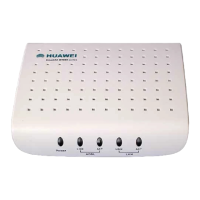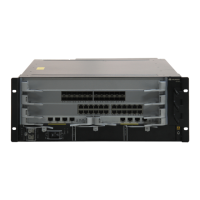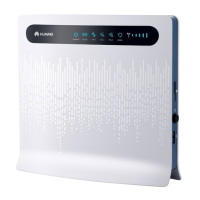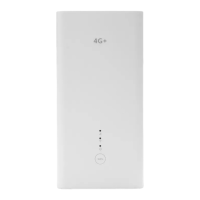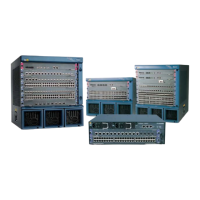Do you have a question about the Huawei SmartAX MT800 ADSL CPE and is the answer not in the manual?
Details the product version of the manual.
Outlines the structure and chapters of the user manual.
Identifies the target audience for this user manual.
Explains the text formatting and typographical conventions used.
Defines the meaning of special symbols used for emphasis.
Lists the necessary hardware and software for device setup.
Details all items included in the SmartAX MT800 ADSL CPE package.
Provides a general description of the MT800 ADSL CPE and its purpose.
Lists the key advantages and capabilities of the MT800 device.
Describes the LED indicators on the front panel and their meanings.
Details the ports and buttons located on the rear panel of the MT800.
Outlines the steps for physically connecting the MT800 device.
Explains why configuration is necessary for the device's operation.
Guides users on setting up their computer's IP for device access.
Instructions on how to launch and access the device's web interface.
Explains the structure and components of the web management interface.
Displays a summary of the device's current configuration and status.
Covers configuration of Asynchronous Transfer Mode settings.
Details configuration for bridged connections using RFC2684.
Details configuration for routed connections using RFC2684 (IPoA).
Details configuration for Point-to-Point Protocol connections.
Describes how to configure the ADSL operational mode.
Explains how to configure the Local Area Network settings.
Details how to configure the Dynamic Host Configuration Protocol mode.
Details how to set up Domain Name Service parameters.
Guides users on configuring the IP routing table for network traffic.
Covers Network Address Translation setup for IP address management.
Explains how to configure the Routing Information Protocol.
Introduces the firewall features for network security.
Details the global settings for the device's firewall.
Explains how to set up rules for filtering IP traffic.
Covers the general configuration options for IP filtering.
Provides instructions on creating new IP filter rules.
Describes how to prevent specific network protocols from passing through.
Guides users on running diagnostic tests for system troubleshooting.
Describes how to manage user accounts and passwords for access.
Explains how to save configurations and restart the device.
Guides users through the process of updating the device firmware.
Lists the necessary data required before configuring ADSL services.
An overview of different ADSL service types and their configuration.
Step-by-step guide for configuring PPPoE service.
Step-by-step guide for configuring PPPoA service.
Configuration steps for RFC 2684 Bridged (Pure Bridge) mode.
Configuration steps for RFC 2684 Bridged (Static IP) mode.
Configuration steps for RFC 2684 Bridged (DHCP) mode.
Configuration steps for RFC 2684 Route (IPoA) mode.
A reference table summarizing service configuration settings.
Provides solutions for common connection and operational failures.
Addresses frequently asked questions regarding configuration and operation.
Lists the general technical specifications of the device.
Details the physical dimensions, weight, and environmental requirements.
Lists the default configuration settings of the device.
Provides a glossary of technical abbreviations used in the manual.
| Brand | Huawei |
|---|---|
| Model | SmartAX MT800 ADSL CPE |
| Category | Network Router |
| Language | English |


